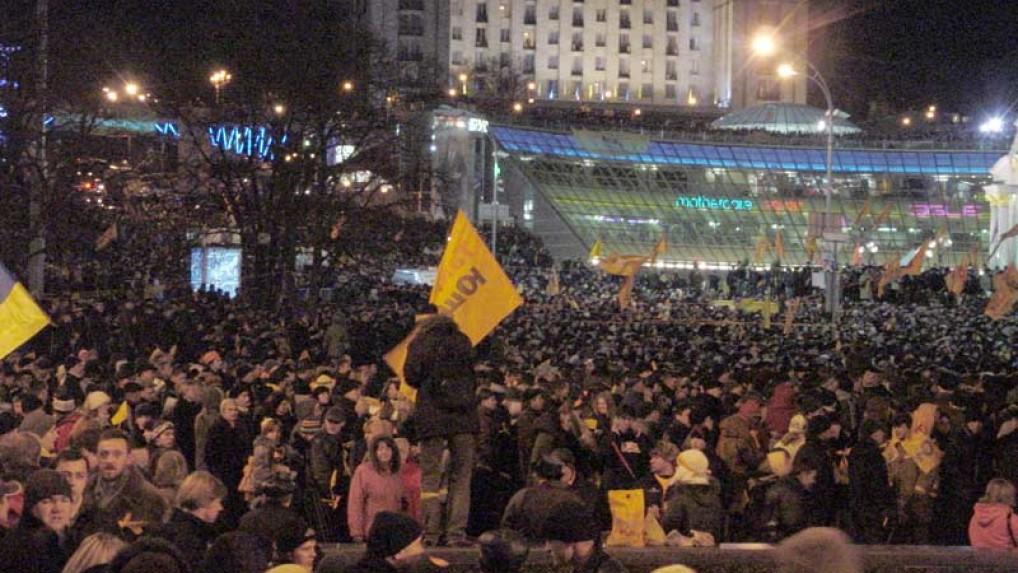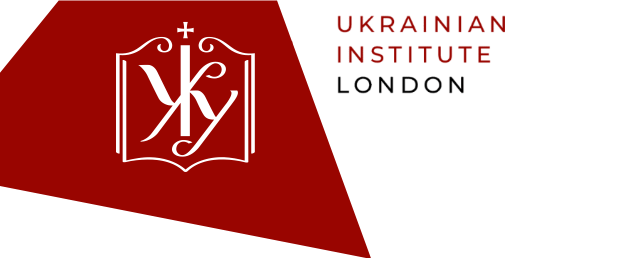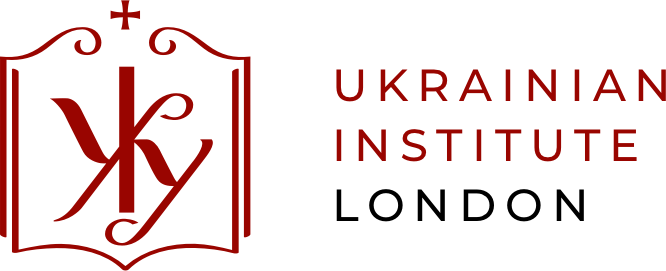Dr Taras Kuzio gave a talk on the future for independent Ukraine at the Ukrainian Institute London on 6 April 2011.

AUTHOR
Ukrainian Institute London
Dr Taras Kuzio, Visiting Fellow at the Centre for Transatlantic Relations, School of Advanced International Studies, John Hopkins University, Washington DC, held a talk at the Ukrainian Institute in London on April 6th, 2011 on the topic of 20 years of independence: what next for independent Ukraine?
Dr Kuzio provided a historic overview of the past 20 years and focused on the internal and foreign policy of the current President and Ukrainian government. The talk underlined the mismanagement and widespread corruption in Ukraine today.
Taras Kuzio presented three potential scenarios that may unfold in the foreseeable future:
Scenario A
A violent democratic revolution, anti-oligarch, something similar to what has taken place recently in some Asian and African states. Kuzio stated that this could also happen in Ukraine, with a social outburst ignited by the pension reform and upcoming substantial increase in household utility costs.
Scenario B
Nothing happens and Ukraine turns in to an authoritarian state with selective justice ruled by the oligarchs. Mr Kuzio, an open supporter of opposition leader Yulia Tymoshenko, said the oligarchs are still paranoid of Tymoshenko returning to power and will do anything not to let her back. He forecast that the 2015 presidential elections could see fraud on a much bigger scale compared to that of 2004, which sparked off the Orange Revolution.
Scenario C
Ukraine’s elites will strike a compromise and create a grand coalition between East and West Ukraine, very similar to what happened in Spain in 1976 following the death of Generalísimo Franco. Spain was a divided nation but managed to find a compromise solution. The need would be to break the current cycle of division.
The talk was followed by a lively Q&A session.


